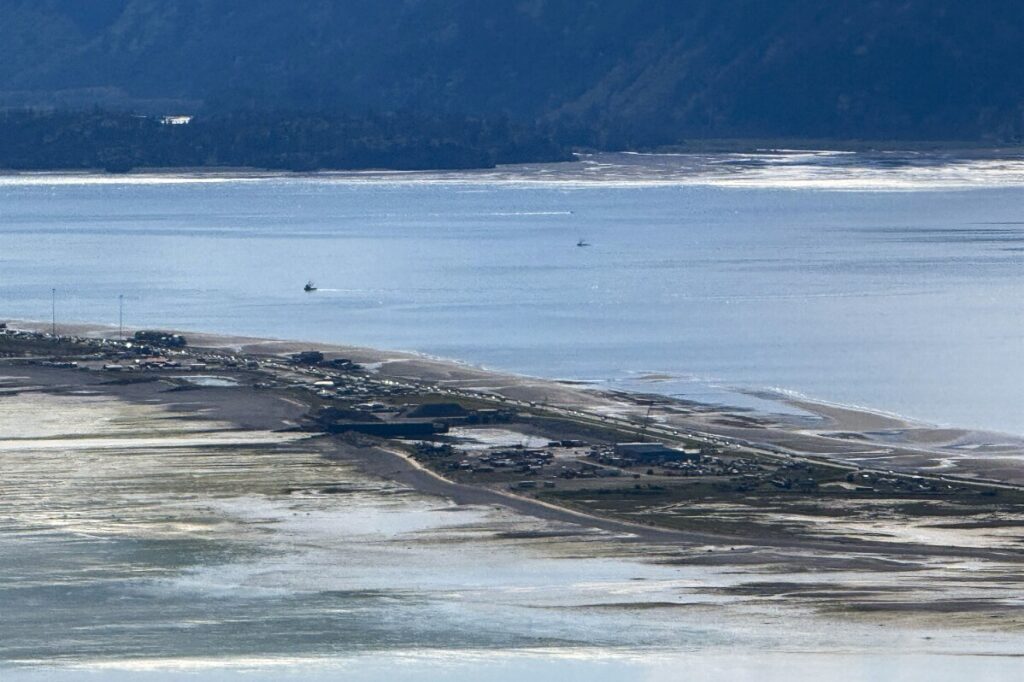Alaska’s Escalating Seismic Threat Demands Vigilance Beyond Recent Quakes
Alaska’s surge in magnitude 7+ earthquakes is not random but part of a worrying seismic trend that must refocus America’s attention on disaster preparedness and national resilience.

Alaska stands as the nation’s most earthquake-prone state — a position that brings with it relentless challenges to public safety and critical infrastructure. The recent magnitude 7.3 earthquake near the Aleutian Islands is more than just a geological event; it is part of an alarming pattern that demands renewed scrutiny by federal and state leaders alike.
Is This Just Another Earthquake, or Part of Something Larger?
Since 2020, the region including the Aleutian arc has experienced no fewer than five earthquakes exceeding magnitude 7.0. Such frequency is unprecedented and signals tectonic unrest that cannot be dismissed as isolated incidents. State seismologist Michael West confirms these quakes form a larger sequence stretching over several years. Yet too often, this mounting threat slips beneath Washington’s radar amid competing priorities.
The real question for Americans should be: How prepared are our coastal communities for the next big one? History offers grim reminders. The devastating magnitude 9.2 quake in 1964, centered near Anchorage, claimed around 130 lives and crippled parts of Alaska’s economy. Even farther west, a magnitude 8.6 earthquake in 1946 sent a tsunami across the Pacific Basin, killing over 150 people in Hawaii—a catastrophe that spurred the creation of America’s tsunami warning system.
Preparedness Is Not Optional — It Is a National Imperative
This recent quake triggered an hour-long tsunami warning for more than 700 miles along Alaska’s southern coast—communities ordered to higher ground as a precautionary measure despite minimal damage reports so far. While officials laud modern alert systems—from sirens to social media push notifications—the reality remains stark: many residents live with “burnout” after repeated evacuations without serious harm, potentially dulling their sense of urgency.
An America First approach insists on bolstering local readiness through practical investments — ensuring communities have designated safe zones with robust infrastructure, enhancing early-warning communications particularly in remote areas, and educating citizens about seismic cues like prolonged shaking lasting twenty seconds or more.
For families already grappling with economic pressures, unexpected disasters compound insecurity. Federal oversight must prioritize strengthening disaster resilience not only because it protects lives but preserves American sovereignty at home — reducing dependence on reactive federal aid by empowering states to manage their own crises effectively.
The nation must heed these seismic warnings—not just as isolated scientific data points but as calls to action safeguarding America’s rugged frontiers and coastal gateways from natural disasters amplified by neglect.
